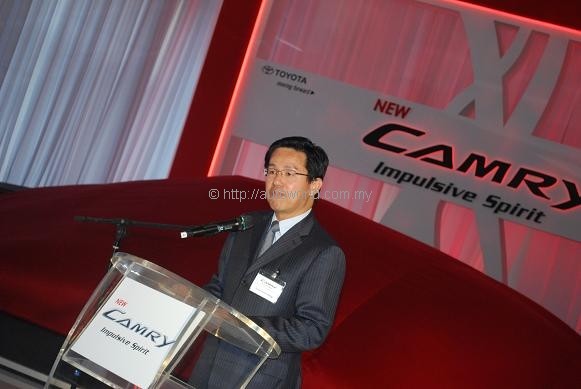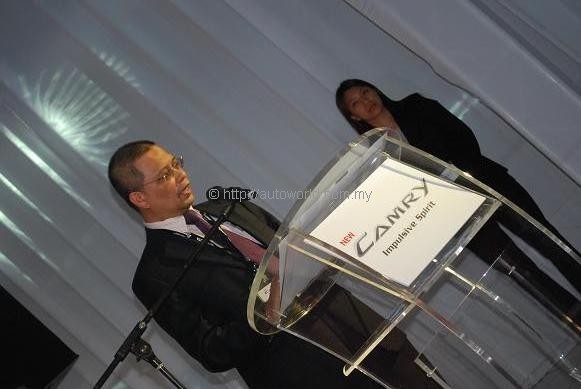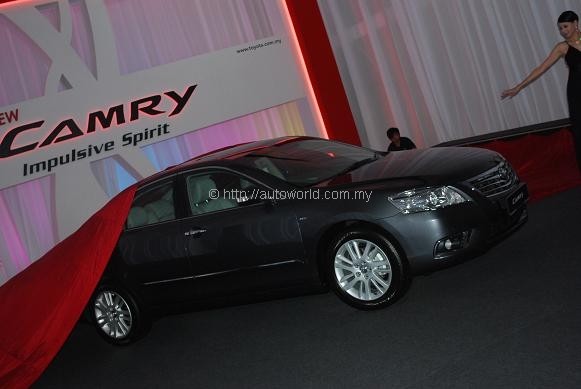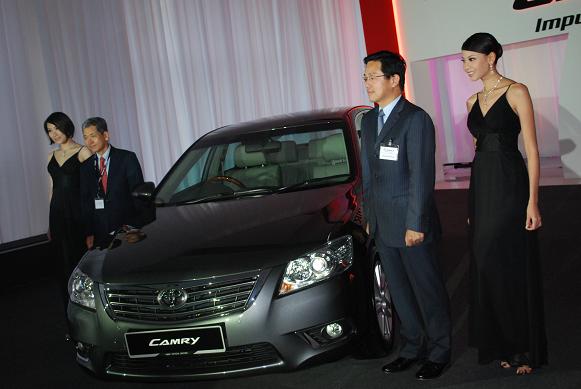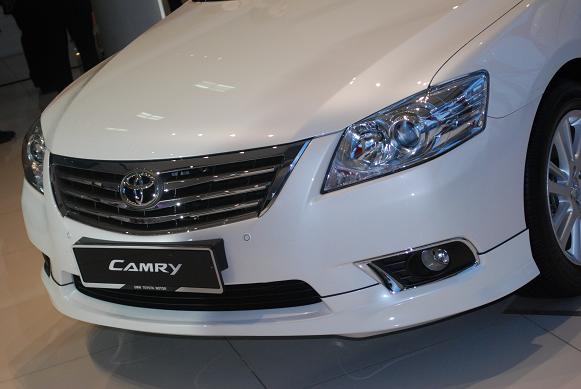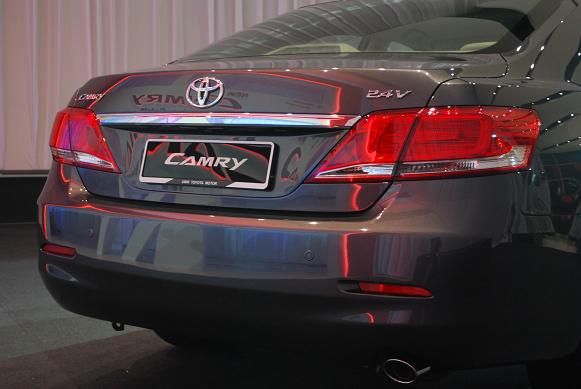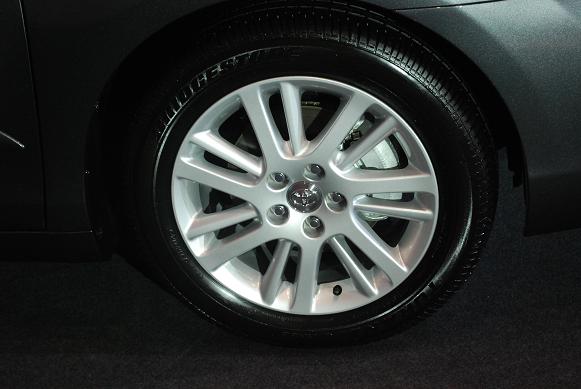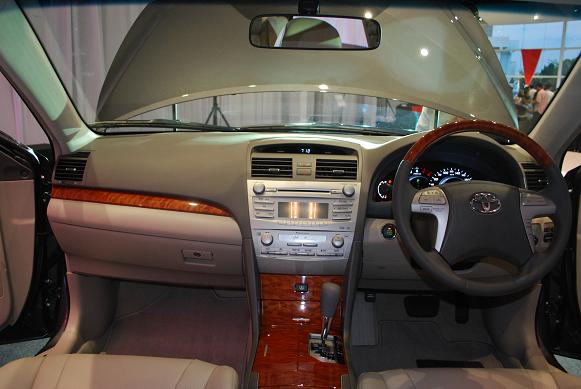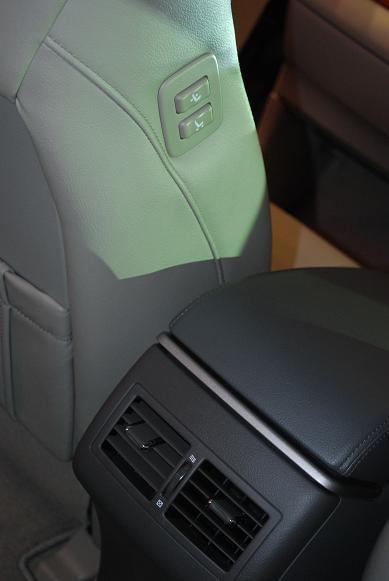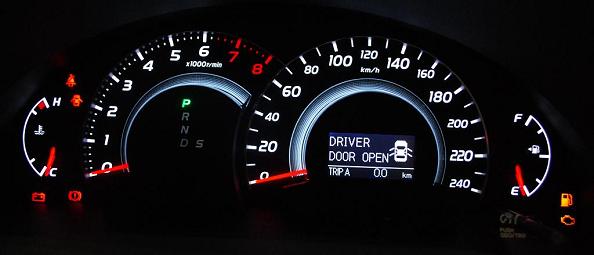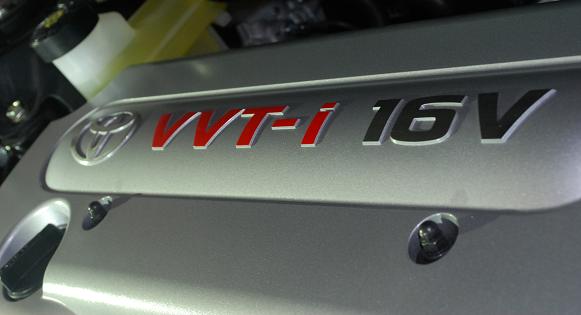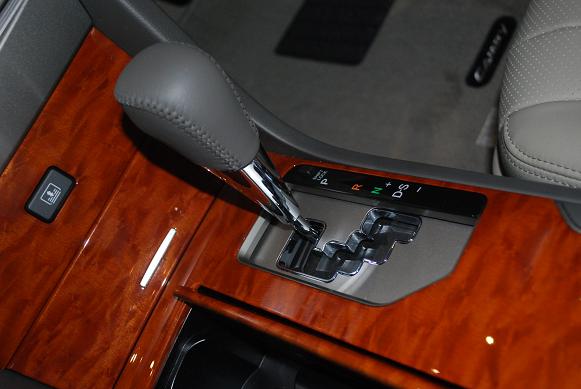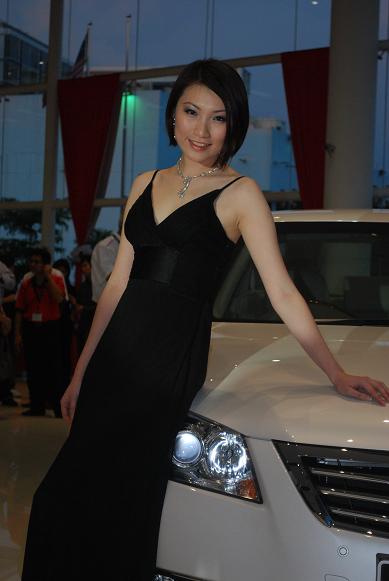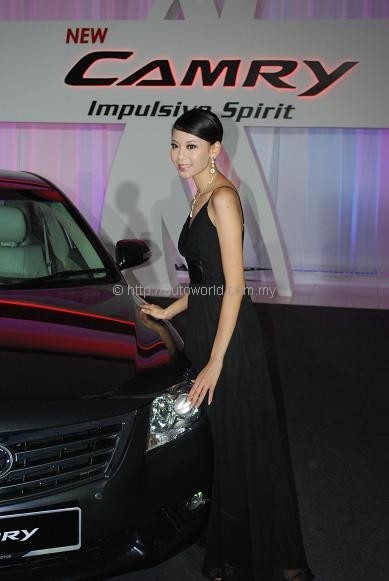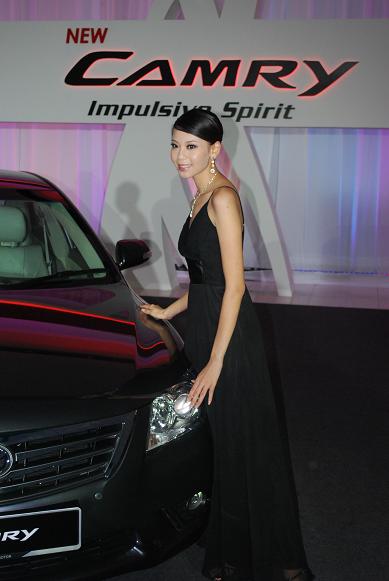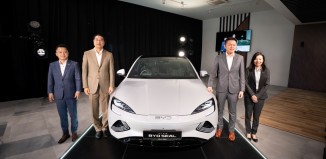Toyota launches Camry facelift
Toyota has just launched the new facelifted Camry. We sent KON to check things out.
—
Even if the Camry is not the best selling Toyota in the country, its importance in UMW’s line-up cannot be underestimated. Discounting the Lexus cars, the Camry is Toyota’s flagship in Malaysia, spearheading a fierce battle against Honda, led by the impressive Accord.
Since its debut on our shores fifteen years ago, the Camry nameplate has moved more than 70,000 cars out of UMW’s showrooms. The current generation Camry, introduced in October 2006, accounts for 28,000 of those cars. It is also responsible for 10% of Toyota’s sales made thus far in 2009. Not a model to be mucked around, for sure.
The Camry’s importance to Toyota was nicely summed up by Mr Kuah Kock Heng, President of UMW. Speaking at the launch held yesterday at the UMW Toyota SS16 branch, Kuah said, “Over the years, the Camry has built a strong reputation for its quality, reliability, comfort and stylish design. It has become the most popular mid-sized executive sedan.”
As is the norm with facelifts, the powertrain options of the pre-facelift Camry continue unchanged, with the same model variants on offer – 2.0E, 2.0G, and 2.4V. Most of the Camry’s enhancements are found in the aesthetics, and the list of features. A new colour, Grey Metallic, joins the five existing choices of Black Mica, Silver Metallic, Medium Silver Metallic, Beige Metallic and Pearl White.
Exterior
I quote the following from UMW’s press release, “the changes aim to convey a sense of prestige with a premium image for the Camry and the designers chose the theme of ‘Dynamic yet Majestic’. A touch of sportiness is blended into the premium feel to broaden its appeal.”
While it’s your call whether or not to buy into the bombastic marketing speak, our view is that all the minor styling tweaks have matured the Camry into a smarter looking car. The most obvious changes are the reshaped grilles and contours of the front bumper, which now resembles Ford Australia’s FG Falcon (Google that). The radiator grille, together with the Toyota badge inside it, has also been slightly enlarged.
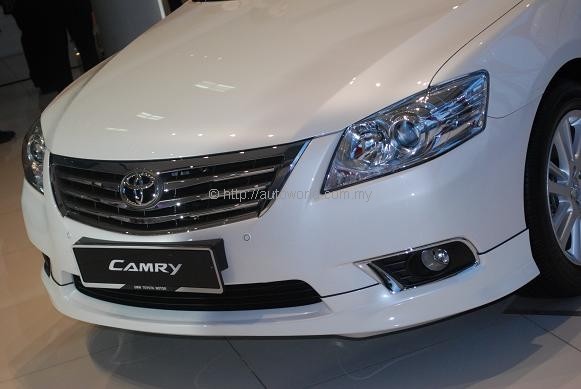 |
| Nose job makes Camry a much smarter looking car. (note: White car equipped with optional aerokit.) |
Also reworked, though not noticeable at a glance, are the headlights which get a more three-dimensional look and feature chrome-plated outer frames. In addition, the 2.0G and 2.4V get JPJ-approved High Intensity Discharge (HID) projector lamps for added brightness. At the back, the taillights, besides being given a neat visual rearranging, also get LEDs for stronger and quicker illumination.
 |
| New rear taillamps feature LEDs |
Finally, and inevitably, new alloy rim designs complete the external visual transformation, though the sizes remain unchanged. The 2.0-litre versions get 16″ ten-spokers, while the 2.4V gets a set of 17″ seven twin-spoke rims.
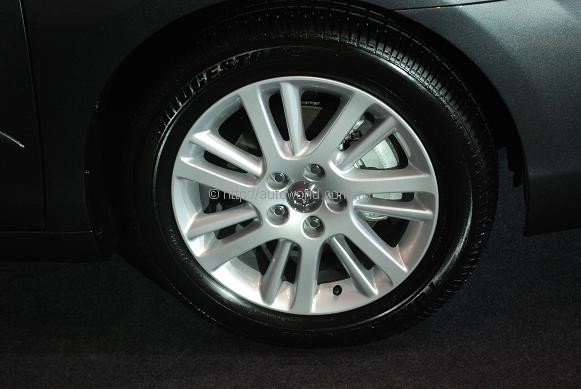 |
| New rims complete the external transformation. These go with the 2.4. |
Interior
Where the exterior had to appear ‘Dynamic yet Majestic’, the Camry’s interior had to carry a ‘Graceful and Fresh’ ambience. Indeed the freshest toy comes in the form of the Smart Entry & Start System (read: keyless push-button start) available only in the 2.4V, which unlocks the car on its own when it detects you (with your Remote Control Unit) approaching.
While occupants in the 2.0G and 2.4V cocoon themselves in perforated leather, those in the cabin of the 2.0E make do with fabric seats, albeit fabric of newer design. Further differentiation of the variants come in the items of auto cruise and 8-way power adjusting seats both also available only in the 2.0G and 2.4V.
Furthermore, two additional switches on the side of the front passenger’s backrest for the rear-seating towkay to make more legroom. This was a feature, if you recall, we saw during our preview of the Hyundai Equus & Genesis. Toyota is providing is as standard for both the 2.0G and 2.4V.
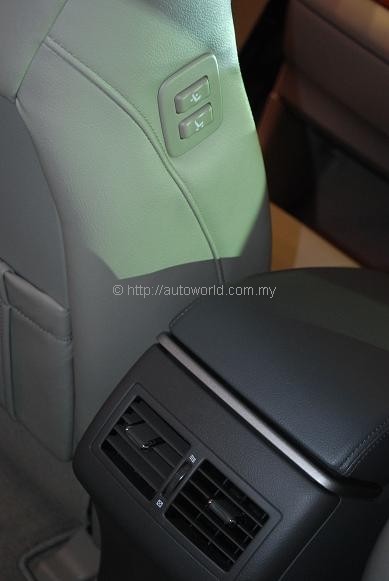 |
| For the towkay’s comfort. Additional seat adjusting buttons available on 2.0G and 2.4V. |
Of course it’s not all bad news for buyers of the 2.0E. Residing in the instrument panel, the Optitron meters, having received a redesign which supposedly ‘enhance visibility at a glance’, are standard across the board. As are the dual zone climate control, rear blowers and Plasmacluster ion generator. Hidden in the centre console are AUX jacks for the connection of portable music devices into the Camry’s ICE.
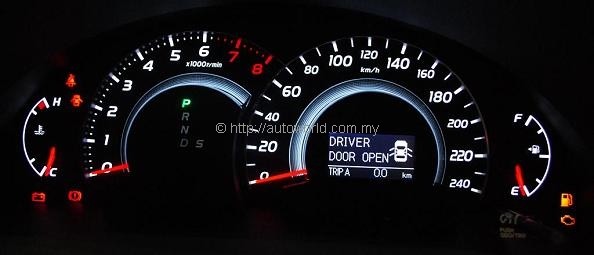 |
| Redesigned Optitron meters. |
Mechanicals
As mentioned earlier, the pair of all-aluminium 4-cylinder DOHC 16V VVT-i continue their service in this facelifted Camry. The 2.0-litre models get the 1,998cc 1AZ-FE powerplant rated to produce 145hp @ 6,000rpm and twist out 190Nm @ 4,000rpm.
Power and torque of the architecturally identical 2AZ-FE in the 2.4, displacing 2,362cc, peak at the same respective points in the rev range as the 2.0. Its figures are 165hp @ 6,000rpm, and 224Nm @ 4,000rpm.
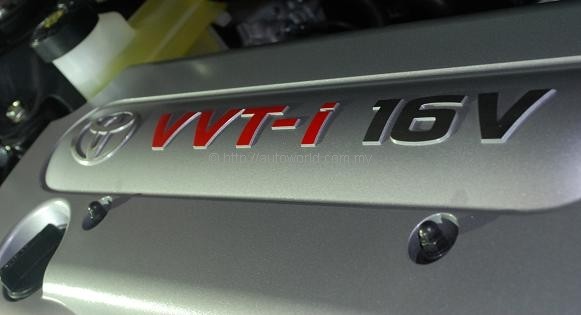 |
| 16V, DOHC VVT-i powerplants carried over unchanged. |
Driving the front wheels are a four-speed automatic transmission for the 2.0 and a five-speed auto for the 2.4. It should be noted that the 2.0’s four speeder has no overdrive ratios, in contrast to the 2.4, which has 4th and 5th being overdrive gears. However, the effects are somewhat balanced out by the 2.0 having a much lower final drive ratio.
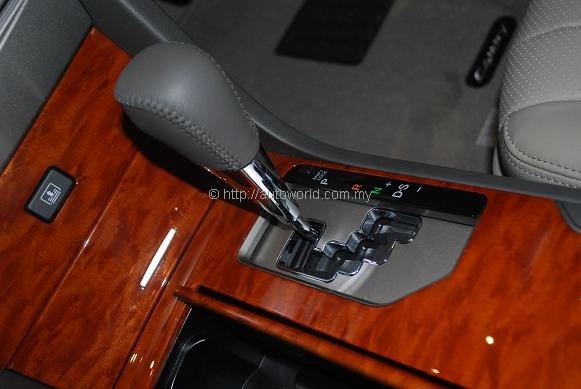 |
| 5A/T for 2.4V |
As expected of any car in this class, the Camry has independent suspension all-round, with MacPherson struts up front and dual-link struts behind. Steering comes in the form of a standard power assisted rack and pinion system.
Stopping power is provided by four disc brakes, with the front pair being ventilated items. Accompanying the four discs are Anti-lock Braking System (ABS), Electronic Brake force Distribution (EBD), and Brake Assist (BA), all featured standard across the board.
Safety
Going with the extra power of the 2.4V are Toyota’s Vehicle Stability Control (VSC) and Traction Control (TRC), which can individually brake certain wheels and reduce engine power on the onset of skidding to help bring the vehicle back under control.
Passive safety comes in the form of Toyota’s famous GOA-certified body which channels collision forces around the passenger cell, sparing occupants of bodily harm. Complementing the strong body are dual SRS airbags, pre-tensioned seat belts and anti-whiplash seats.
Availability
 |
UMW projects sales figures in excess of 1,000 units for the Camry each month. The facelifted Camry is available for booking now, but showroom cars will only be ready for viewing by 4 Sept 2009 in the Peninsula and 11 Sept 2009 in East Malaysia.
As with all models offered by UMW Toyota Motor, the facelifted Camry comes with a 3-year/100,000km warranty (whichever comes first).
For further information, please contact: 1800-8-TOYOTA (1800-8-869682)





